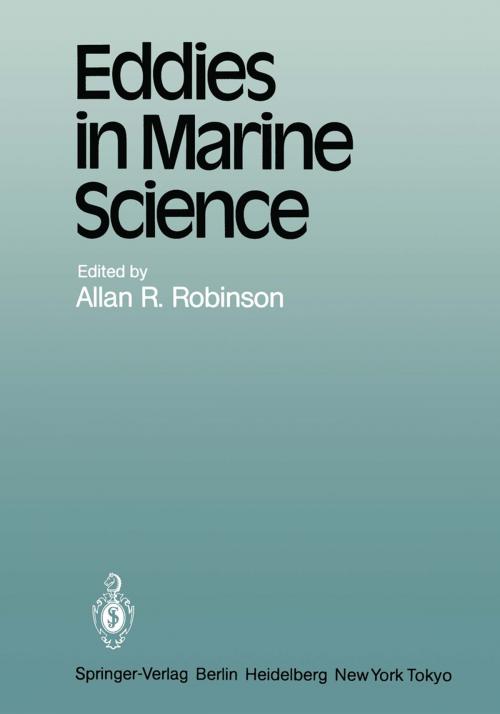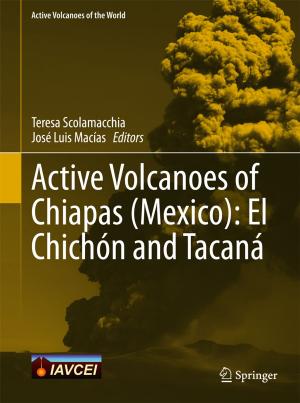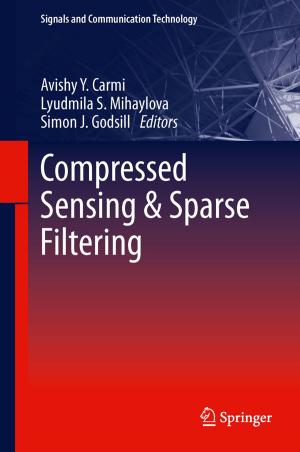Eddies in Marine Science
Nonfiction, Science & Nature, Science, Earth Sciences, Geophysics, Oceanography| Author: | ISBN: | 9783642690037 | |
| Publisher: | Springer Berlin Heidelberg | Publication: | December 6, 2012 |
| Imprint: | Springer | Language: | English |
| Author: | |
| ISBN: | 9783642690037 |
| Publisher: | Springer Berlin Heidelberg |
| Publication: | December 6, 2012 |
| Imprint: | Springer |
| Language: | English |
It is now well known that the mid-ocean flow is almost everywhere domi nated by so-called synoptic or meso-scale eddies, rotating about nearly vertical axes and extending throughout the water column. A typical mid ocean horizontal scale is 100 km and a time scale is 100 days: these meso scale eddies have swirl speeds of order 10 cm s -1 which are usually con siderably greater than the long-term average flow. Many types of eddies with somewhat different scales and characteristics have been identified. The existence of such eddies was suspected by navigators more than a century ago and confirmed by the world of C. O'D. Iselin and V. B. Stock man in the 1930's. Measurements from RIV Aries in 1959/60, using the then newly developed neutrally buoyant floats, indicated the main char acteristics of the eddies in the deep ocean of the NW Atlantic while a se ries of Soviet moored current-meter arrays culminated, in POLYGON- 1970, in the explicit mapping of an energetic anticyclonic eddy in the tropical NE Atlantic. In 1973 a large collaborative (mainly U. S. , U. K. ) program, MODE-I, produced synoptic charts for an area of the NW At lantic and confirmed the existence of an open ocean eddy field and es tablished its characteristics. Meso-scale eddies are now known to be of interest and importance to marine chemists and biologists as well as to physical oceanographers and meteorologists.
It is now well known that the mid-ocean flow is almost everywhere domi nated by so-called synoptic or meso-scale eddies, rotating about nearly vertical axes and extending throughout the water column. A typical mid ocean horizontal scale is 100 km and a time scale is 100 days: these meso scale eddies have swirl speeds of order 10 cm s -1 which are usually con siderably greater than the long-term average flow. Many types of eddies with somewhat different scales and characteristics have been identified. The existence of such eddies was suspected by navigators more than a century ago and confirmed by the world of C. O'D. Iselin and V. B. Stock man in the 1930's. Measurements from RIV Aries in 1959/60, using the then newly developed neutrally buoyant floats, indicated the main char acteristics of the eddies in the deep ocean of the NW Atlantic while a se ries of Soviet moored current-meter arrays culminated, in POLYGON- 1970, in the explicit mapping of an energetic anticyclonic eddy in the tropical NE Atlantic. In 1973 a large collaborative (mainly U. S. , U. K. ) program, MODE-I, produced synoptic charts for an area of the NW At lantic and confirmed the existence of an open ocean eddy field and es tablished its characteristics. Meso-scale eddies are now known to be of interest and importance to marine chemists and biologists as well as to physical oceanographers and meteorologists.















